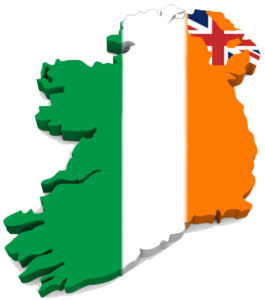April 1916 Partition of Ireland
 Ireland Seeks Peaceful Path to Marking 1916 Easter Rising
Ireland Seeks Peaceful Path to Marking 1916 Easter Rising
Creating Divisions 100 Years Ago, and Even Today
Dublin ― A century on from the 1916 Easter Rising, a critical moment in Ireland’s quest for independence from Britain, the event continues to polarize opinion in Ireland and beyond. Some regard it as undemocratic treachery, others as a heroic act of selflessness whose legacy remains unfulfilled.
The armed revolt by the Irish Volunteers and the Irish Citizen Army against British rule against British rule began on April 24 and lasted only five days before its ruthless suppression, but it still casts a shadow over the politics of Ireland and Northern Ireland. The rebellion commanded little popular support at the time, but the decision by the British authorities to execute the ringleaders would prove to be the catalyst for the partition of the island and the formation of an independent state in the south.
A new memorial in Glasnevin Cemetery in Dublin epitomizes the contentious nature of the government’s efforts to steer a middle course.
The memorial, the Necrology Wall, lists the names of 488 people who were killed in the uprising. The names of rebel combatants and executed leaders are juxtaposed on reflective black marble stones with the names of the British troops who died while putting down the rebellion and and civilians who were caught up in conflict.
Source: The New York Times. April 24, 2016.



